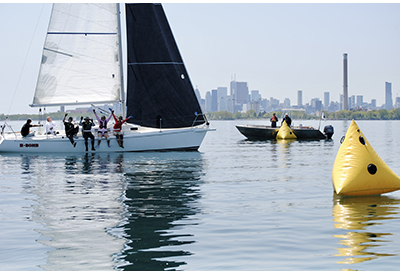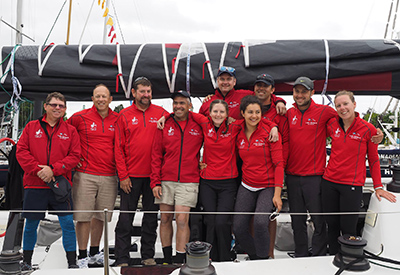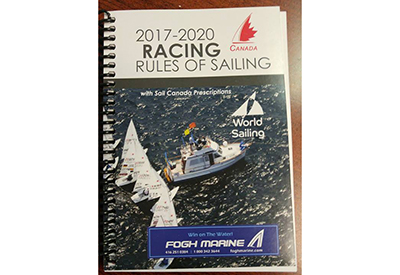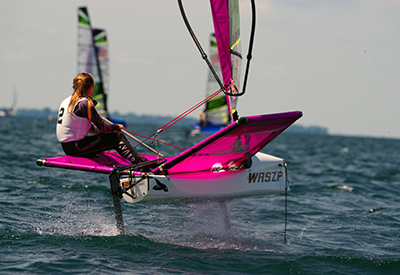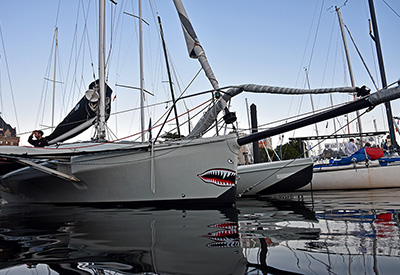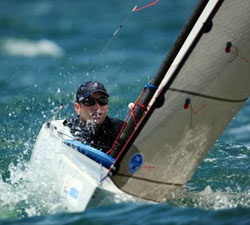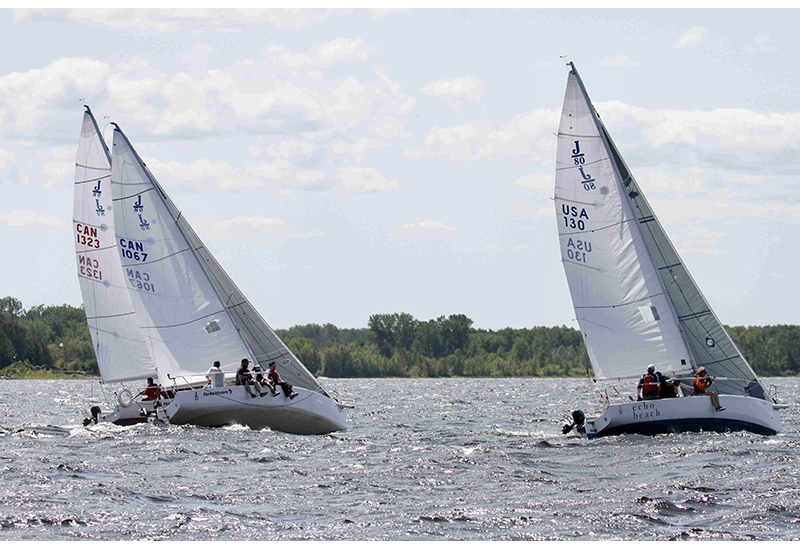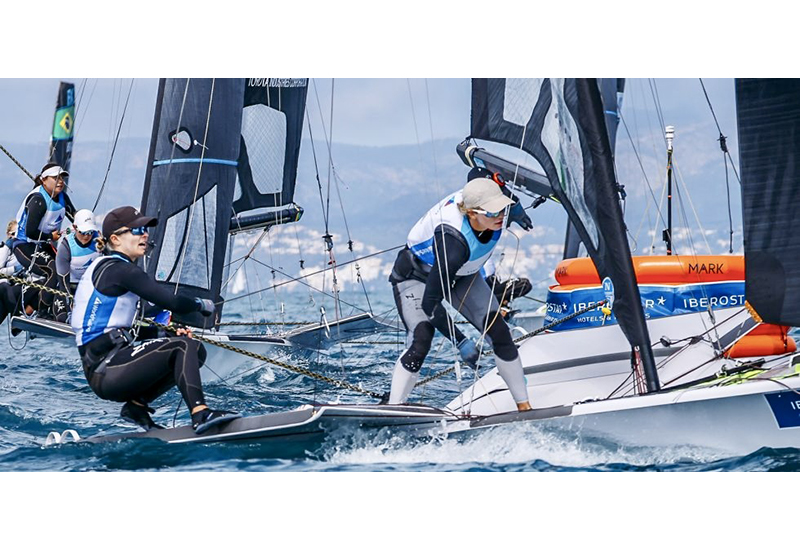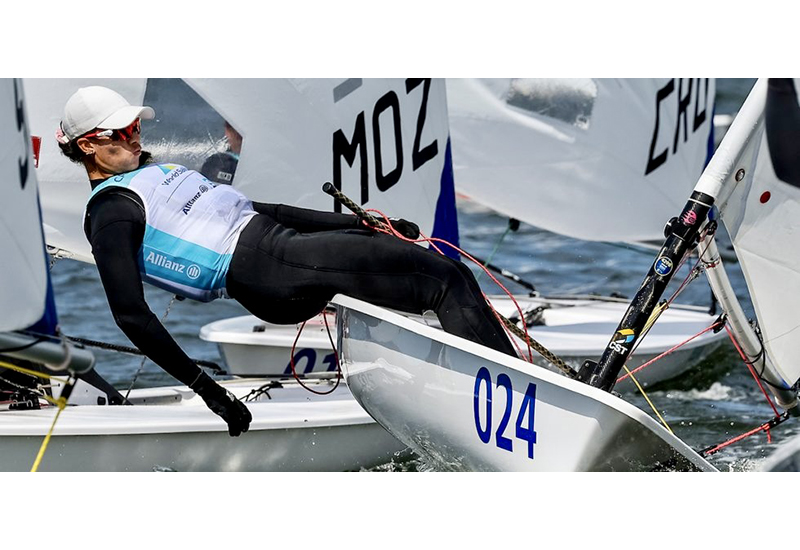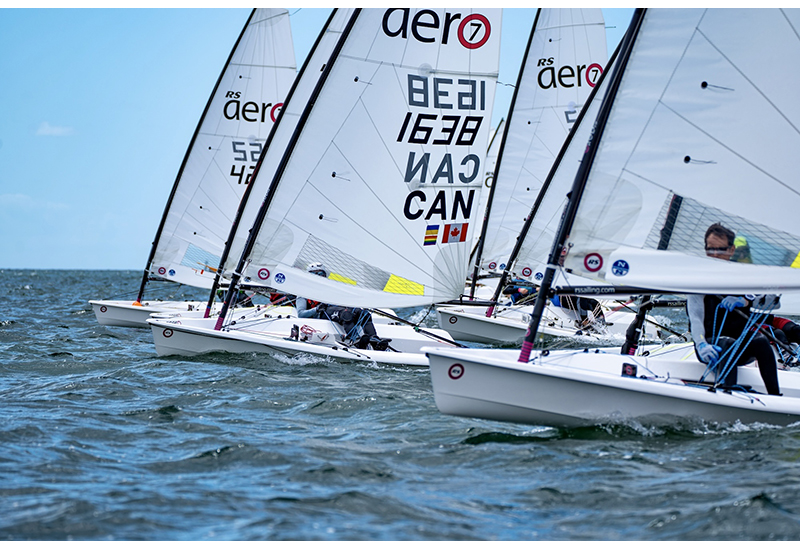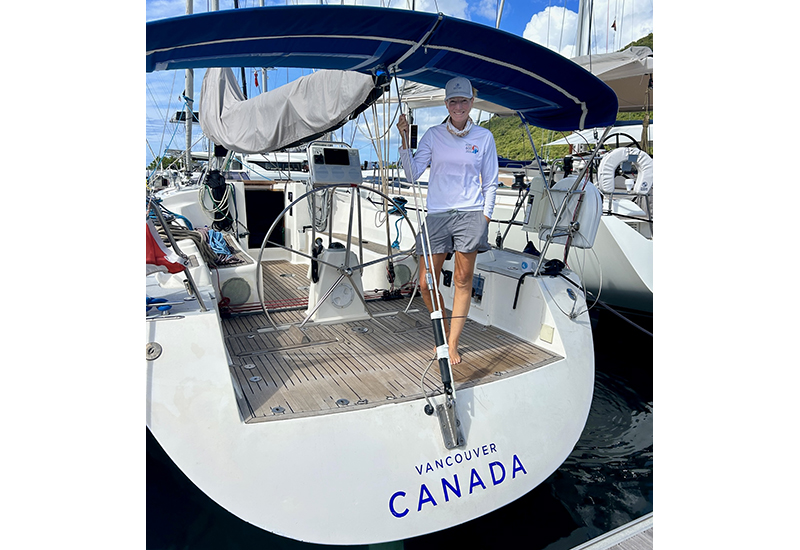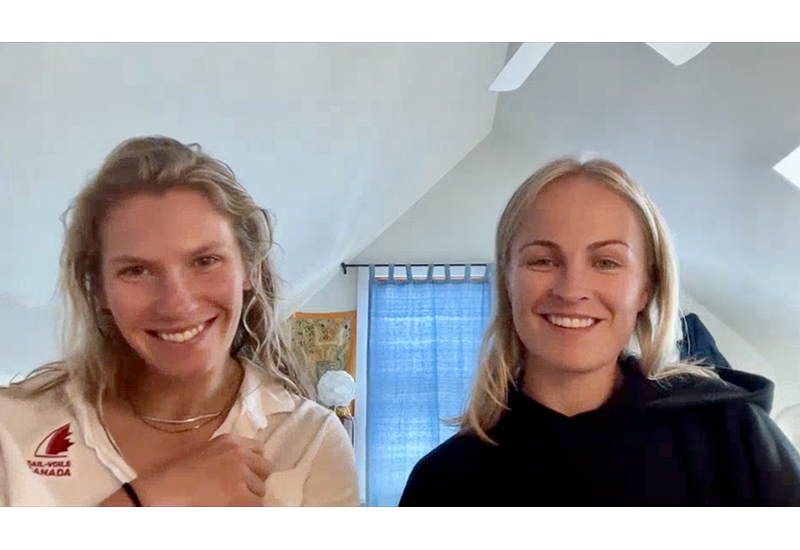From the Coach Boat with Thomas Fogh: Crew Roles
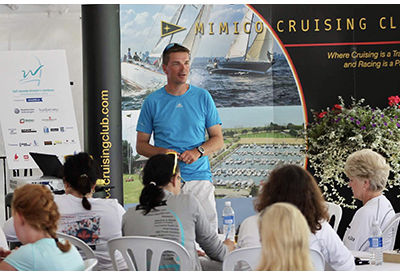
Jan 19, 2022
By Thomas Fogh, Director of Sailing at Royal Canadian Yacht Club
Roles on the Boat: Who’s the Leader
Online coverage of sailing has advanced tremendously the past few years, so much so you feel like you are on the boat. This view has given some great footage on how the pros sail and the communication among them. Being so close to the action has provided us with a better understanding of how a team can work together, but more importantly, what role each crewmember plays.
What you will notice with most of these teams are the specific roles of each crewmember and how communication flows between them. Having a crew that knows their roles is the first step to getting around the racecourse more effectively. How you organize your crew will depend on the size and type of boat and there is not a one solution fits every boat. You might have some crew handling more than one role, which is fine so long as they preform the roles as needed.
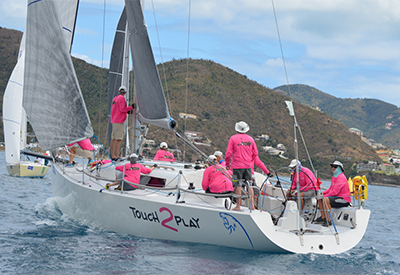 So, what are the roles crew need to perform? Below I have listed some of the key roles on the boat and the main function. There may be others, depending upon the boats, but these are the main ones that most of you will need. In future articles we will explore how the crew works together as we move around the racecourse.
So, what are the roles crew need to perform? Below I have listed some of the key roles on the boat and the main function. There may be others, depending upon the boats, but these are the main ones that most of you will need. In future articles we will explore how the crew works together as we move around the racecourse.
Aboard Canadian boat Touch2Play here in the BVI, crew leader Larry Huibers coordinates the nine crew while owner Rob Butler drives
Skipper/Driver – For most, this person is most likely the owner of the boat and naturally wants to be in charge of the whole crew. This unfortunately is not the best scenario. The Driver has one key role – steer the boat. Using their 6th sense, they steer the boat fast in all conditions pointing the boat where the tacticians says. Although it is easy for the helm to get involved with other crew members’ jobs, they must focus on the job of steering. Main communication is with the tactician and trimmers.
Team Leader – This crewmember is the crew leader and must ensure that the boat is ready for racing, crew are ready and that food, fuel and sails are onboard. The Leader is key for communications and may well help other crew members as and when needed. They are thinking one step ahead and responsible for talking to the whole crew through manoeuvres, as they are about to happen ensuring the crew are ready.
Tactician – The tactician’s role is to figure the fastest way to get the boat around the racecourse taking into account wind, tide, other competitors and the crew’s ability. They are also responsible for making sure that the boat gets to the correct course and has the correct start times for every race – in short, they are the brains of the operation. Main communication is with the helm and team leader to run through manoeuvres.
Main Trimmer – This person controls the mainsail. The main trimmer is the throttle for the boat and controls boat’s speed and manoeuvrability, particularly at the start. The mainsheet trimmer must consistently fine tune the sail to help produce the most speed for the boat, at all points of sail. Main communication is with the helm.
Head Sail Trimmers – This position is ideally for two crewmembers, one who releases the sheet during the tack, while the other sheets in the new side. You may require another crewmembers to help with tailing the sheet – a good example of teamwork. The headsail trimmer needs to keep adjusting the sail to achieve the most speed depending on the point of sail. One or both of the trimmers can also in charge of trimming the spinnaker sheet and guy when going down wind. Main communication is between each other, Driver and tactician.
Bow – The bow looks after anything in front of the mast. They control of all sail hoists and drops spends most of the time preparing for spinnaker hoists, gibes and drops. Communication is vital between the team leader, pit and mast to ensure a smooth race.
Mast – The mast main job is to assist with the hoist of sails during manoeuvres. The mast man will be at the mast pulling on halyards or sails during hoists and drops. Main communication is with bow, pit and team leader.
Pit – The pit is in control of all of the running rigging that runs back to the cockpit. A particularly significant role as they are responsible in hoisting and dropping of halyards during manoeuvres. Main communication is between bow, mast and team Leader.
Ballast – This position is commonly know as “Rail Meat” but plays a significant role for the team. Often overlooked, they provide ballast for the boat to help speed and with manoeuvre’s, particularly during the start or mark rounding. These crew also have a great seat to watch the race and can help provide some valuable information regarding wind and waves, something we will cover in future articles.
Now that we know the various roles, how do you implement them into your crew? How do you divide the roles if you have a smaller crew? What are there differences for dinghies compared to keelboats or symmetrical spinnaker boats compared to asymmetrical? Be sure to follow future issues where I will explain the importance of each role over the whole racecourse, which includes starts, manoeuvres, upwind and downwind legs and tactics and strategy.
 Author Thomas Fogh is Director of Sailing at the Royal Canadian Yacht Club. Thomas has been an Olympic-level athlete, a high-performance coach, marine industry veteran and program administrator.
Author Thomas Fogh is Director of Sailing at the Royal Canadian Yacht Club. Thomas has been an Olympic-level athlete, a high-performance coach, marine industry veteran and program administrator.

